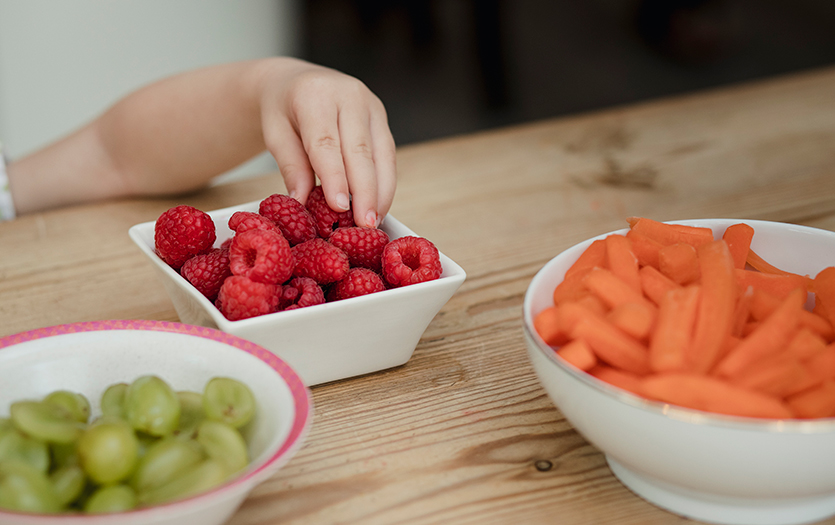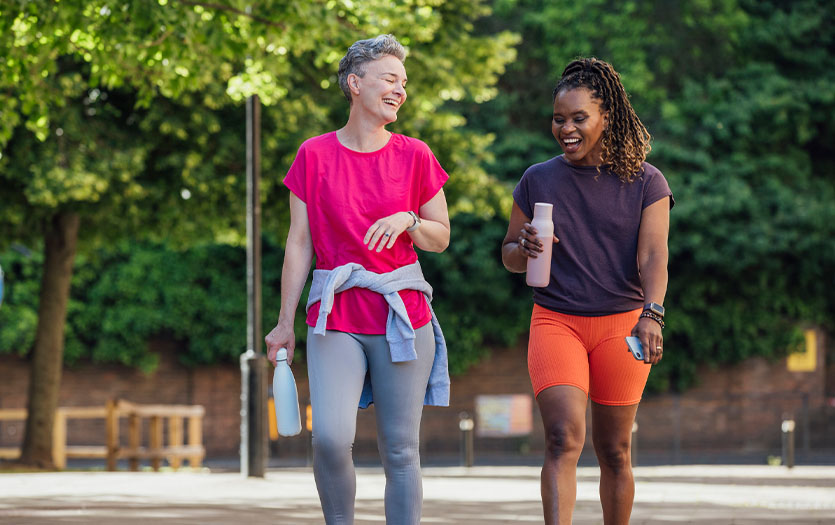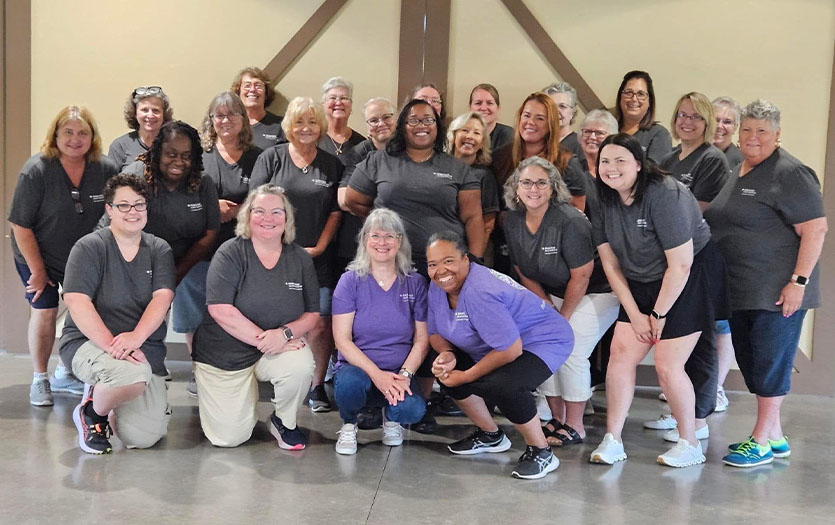It’s important to introduce proper oral health and hygiene at a young age, but many parents are unsure of where to start. Chelsey Caldwell, MD, PPG – Pediatrics, discusses the different techniques for brushing your infant or toddler's teeth and the best ways to prevent cavities and tooth decay.
Important tips for parents
There are a couple of important things that parents may not realize but need to know when it’s time to brush your child’s teeth, these include:
- When to start: As your child’s first tooth pops through, you should start brushing your child’s teeth. That could be as early as 4-6 months or as late as one year old.
- Toothbrush type: You want to get a soft bristle toothbrush. It doesn’t have to be medium or hard-bristled, soft will do the work.
- Favoring fluoride: A lot of parents might be surprised, but you will want to use kids’ toothpaste. Baby toothpaste does not have fluoride in it, which is what is going to help protect your child’s teeth from cavities.
- Toothpaste tips and tricks: When you start brushing your child’s teeth you want to be sure you’re using the appropriate amount of toothpaste. For infants and toddlers, it’s best to use a small amount, about the size of a grain of rice. For older children, you can use a pea-sized amount of toothpaste. By using such small amounts of toothpaste, you won’t have to worry if swallowed, even when they’re too young to know how to spit. The minimal amount of toothpaste is not going to be harmful to them, but the fluoride will help prevent cavities and tooth decay.
- Helpful holding techniques: If your child is at an age where they are what we call “cooperative” you can hold them on your lap and have them open their mouth for you. However, if your child is younger, an infant or toddler, and doesn’t understand or even like brushing, then you may have to sit on their hands, one under each of your legs with their head in your lap to successfully brush and clean their teeth.
- Brushing for beginners: You will want to start in the back of your child’s mouth and do 10 brushes or scrubs on each side, bottom, front and back of all the back teeth. Once you get all four corners of the back of their mouth, you’ll want to move to the front teeth. When you brush your child’s front teeth you may have to hold their lip up to ensure you’re properly accessing those teeth. Then, like before, do 10 scrubs on the front and backs of those teeth as well.
Final thoughts
Remember, it’s important to see a dentist as soon as your child turns one year old. By introducing your children to the dentist at an early age, you’re helping them get used to a good oral hygiene routine while giving the dentist a chance to check their teeth and look for cavities.



